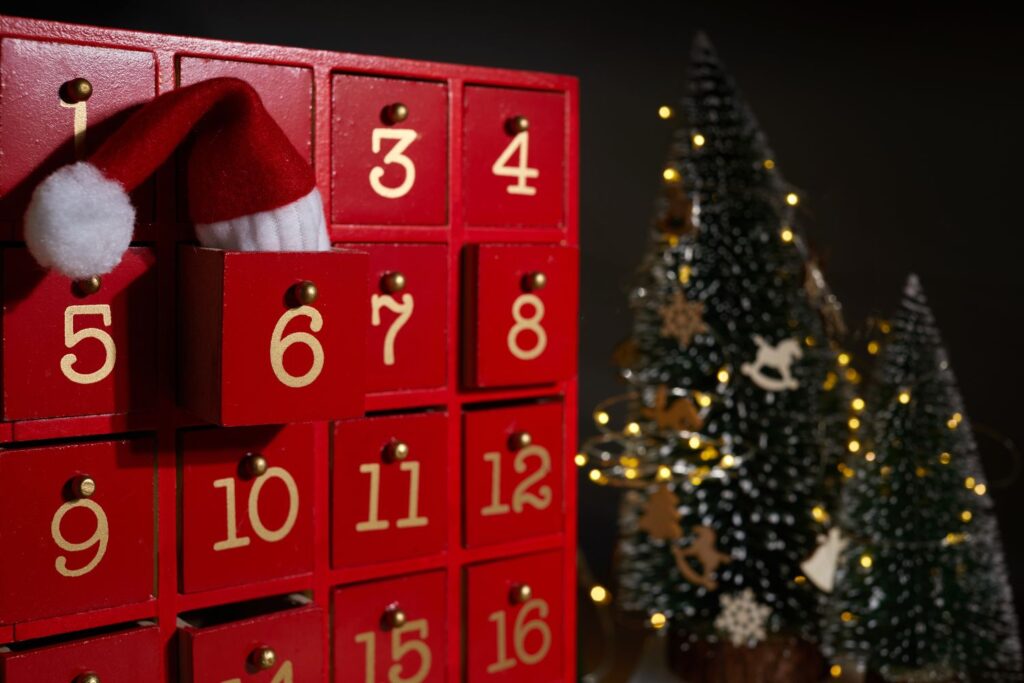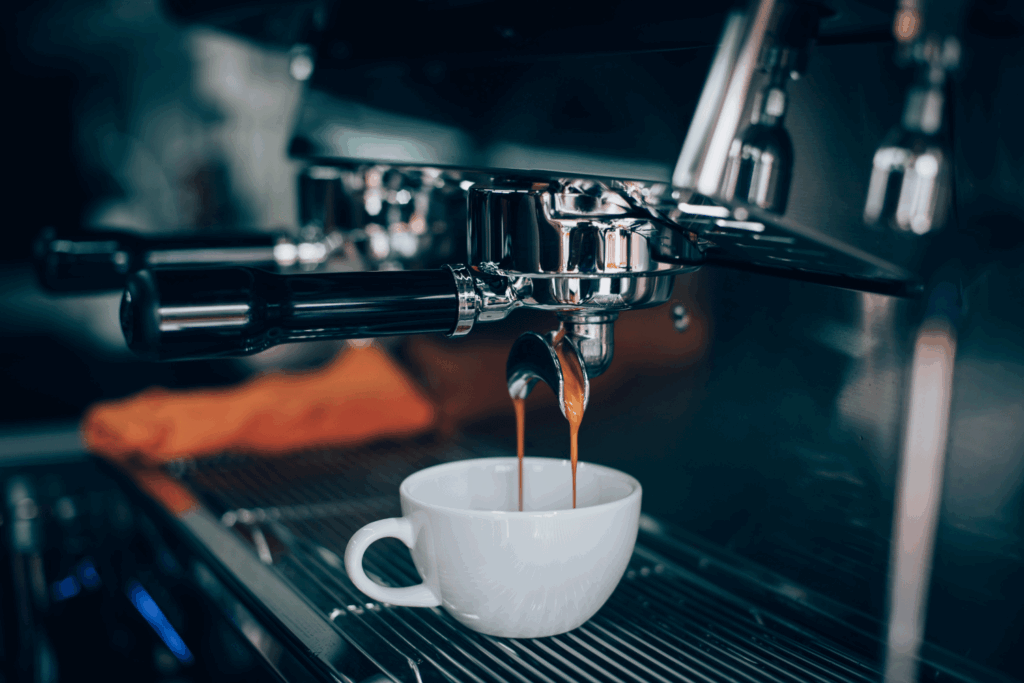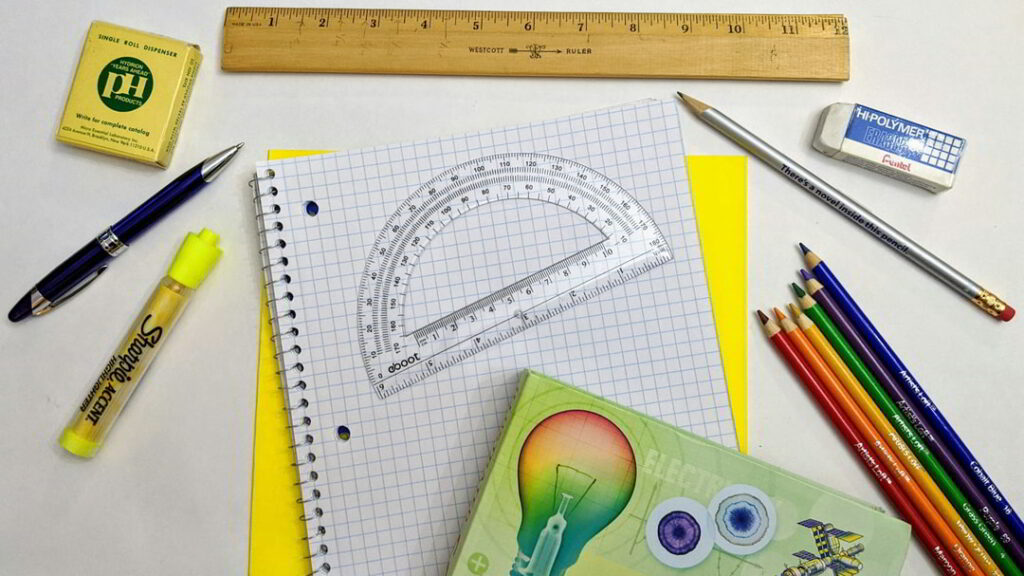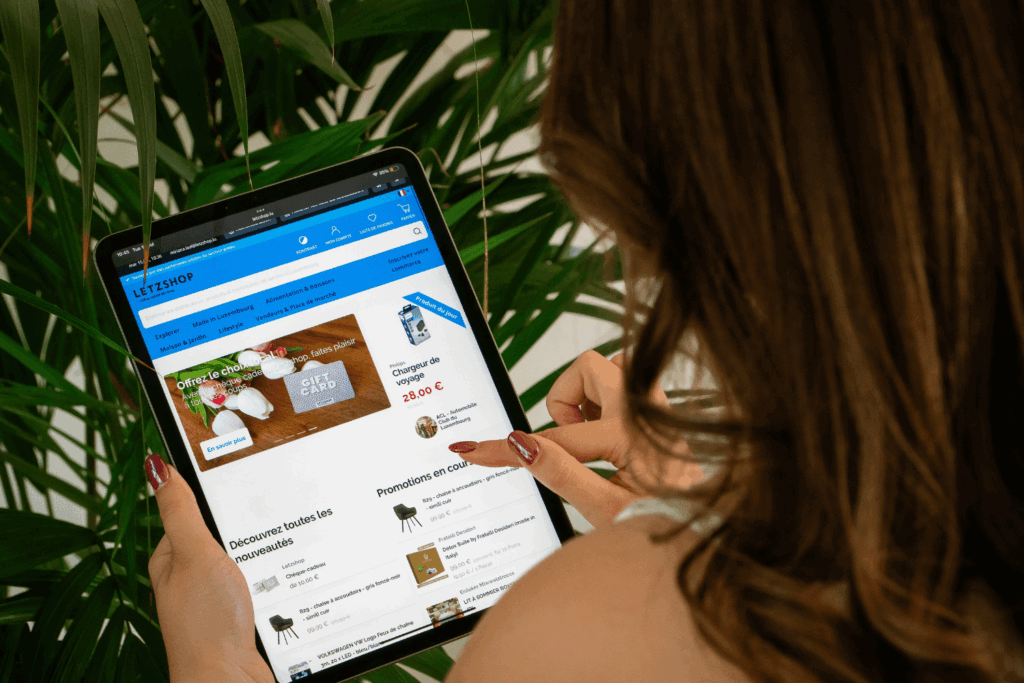The right glass for a perfect tasting
Which glass is ideal for tasting a white wine or a red wine? A good question, because it would be a shame if a great, expensive wine didn’t really come into its own if it were served in an unsuitable glass.
It’s all a question of shape.
Glass manufacturers offer a specially designed glass for almost every grape variety, but the very fine nuances of a crus from a “Sauvignon” glass compared to a “Chardonnay” glass are probably only perceived by experienced sommeliers. But it is true that the shape and the opening of a glass are important elements that can determine the perfect enjoyment of wine.
So which glasses should you get? Particularly meticulous wine fans get special glasses for each grape variety and even for each wine style. But who has a dozen of all these glasses in stock? Even outspoken aficionados therefore select a few “multi-purpose glasses” for tasting evenings with friends that are very suitable for certain types of wine.
Today, glass producers offer collections that are reduced to a few shapes and that are oriented more towards wine styles than grape varieties. In the process, the all too strict division into glasses for red wine and for white wine is also disappearing, because the boundaries of taste are fluid… In this respect, the glasses commonly found on the market, which are still classically attributed to one region, can certainly be used for other wines as well.
The Burgundy glass
The Burgundy glass, also called a “balloon“, stands out because of its wide, round shape. It concentrates the aromas of the wine, but because of the somewhat narrower opening, the oxygen exchange is relatively restrained. Pinot Noir, the only grape variety for red wines in Burgundy, harmonises very well with this glass shape. But a fat Chardonnay that has been aged in oak barrels can also benefit from such a glass thanks to its mild, creamy structure. Incidentally, this applies to all white wines that have been matured in barriques, such as Pinot Blanc or Auxerrois. By the way, wine glasses should never be too full, less is more!
The Bordeaux glass
The shape of this well-known and widely used type of glass is pointed, its opening is wide. With Bordeaux wines, especially when they are younger, it takes a while for the grape varieties Cabernet Sauvignon, Cabernet Franc and Merlot to develop their aromas.
Bordeaux wines are quite rich in tannins, and moreover, like many other heavy red wines, for example from the Douro region, from the high altitude sites on the Ribera del Duero or from warm California, they are usually matured in wooden barrels. Tannins make the wines appear fuller, but also rougher and sometimes a little bitter – contact with oxygen reduces this impression, and large Bordeaux glasses are ideal for this. Thanks to the larger glass opening, they absorb plenty of oxygen and the tannins become softer. But great Barolos, Nebbiolos or wines from Tuscany also feel at home in these glasses….
This even applies to the liqueur wines from Sauternes: heavy, fat, opulent wines with a high residual sugar content, ideal dessert wines whose rich play of aromas comes out wonderfully in such glasses. It is also not wrong to taste other aromatic varieties, such as Gewürztraminer or Pinot Gris, from larger glasses. Some tasters find this difficult, but a large glass is really very suitable for Pinot Gris, especially if it is not too dry.
The classic white wine glass
In contrast, smaller, slimmer glasses, i.e. “true” white wine glasses, are much better suited to sparkling, pithy, acidic varieties such as Riesling, Sauvignon or Pinot Blanc not aged in barrels. The aromas concentrate at the edge of the goblet, but they are not so affected by oxygen, and the shape of the glass allows the temperature to be maintained for longer – such crisp wines should, after all, be drunk colder than oily barrique Chardonnays, for example.
The sparkling wine goblet
Sparkling wines, i.e. Crémant, Champagne, sparkling wine or Prosecco, are usually drunk from slender, tall goblets. There are many different designs, but the basis is always the same: the glass must help maintain the perlage of this beautiful festive drink. Professionals do sometimes taste champagne from larger glasses to appreciate the qualities (and flaws) of this sparkling wine, but the long slender goblet is the ideal shape for enjoying sparkling wine among friends.
To clean or not to clean
Finally, a wine glass must always be completely pure, clean and dry, without dust or detergent residue. To avoid scratching the glass, you should clean it with special microbeads rather than with a sponge. After cleaning, you should dry the glass with a microfibre cloth.
Finally, one rule for the ideal storage of your glass: never put the glass upside down in a cupboard or on a shelf, because this not only often damages the rim of the glass, but the glass also quickly takes on the smell of the base and you then have to rinse it again!
Further articles


















